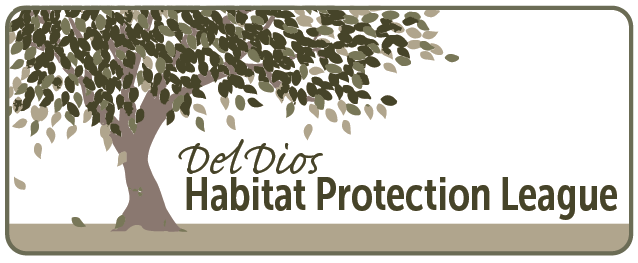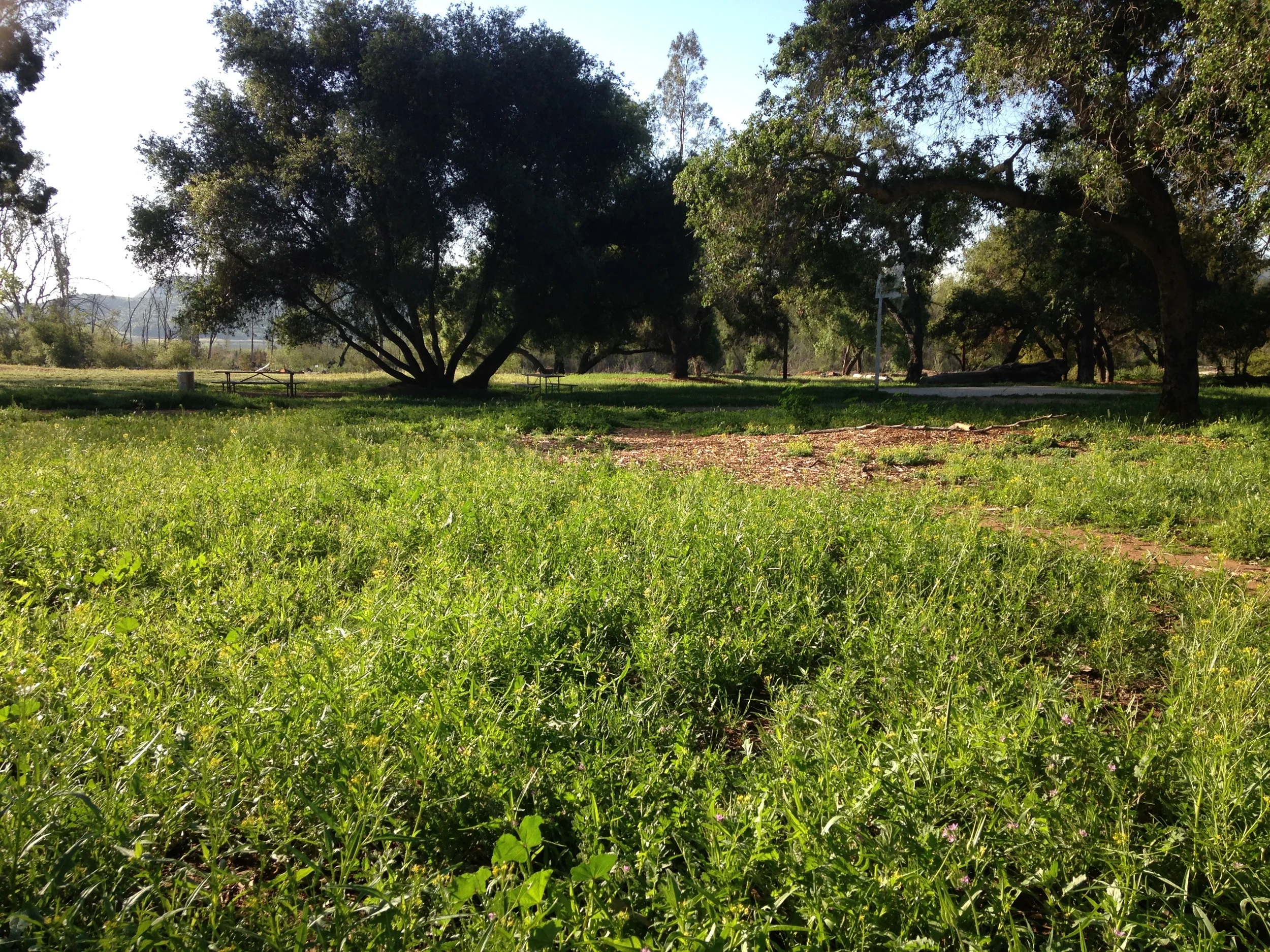The Habitat Protection League will be working on 3 volunteer projects for the 2018/19 wet season.
· Re-generating Oak Woodland where dead Oaks have been removed.
· Planting cactus to create Cactus Wren habitat where cactus patches were destroyed in 2007
· Reclaiming Riparian function through planting natives to populate areas that once supported eucalyptus.
Please check our Events Page for opportunities - Hope you can join us!
Oak Woodland
More than a dozen trees dead or down trees were removed in August, funded and supported by City of San Diego Public Utilities Department working with the DDHPL. The trees were mostly dead from a combination of stressors including drought, fire damage, fungus or Western Oak Bark Beetle. However, two trees in Del Dios Park were killed due to intense GSOB activity.
The areas where the dead oaks were removed present a timely opportunity to plant new oaks. We will prep the ground, plant seedlings and nurture existing small oaks.
Rodent activity in these planting areas is a big problem for acorns and seedlings. It can be reduced when the areas around the small oaks are clear of grass or low plants where rodents can hide. Research shows that a 4’ circle around the plant is a big help. We will mulch the areas to help with moisture retention, weed suppression and to keep the critter pressure low. Gophers… are the most difficult to protect against. We will be planting a few of our sites with wire cages.
We will be having a work parties to prepare areas for the acorn planting. We will be working primarily along the Coast to Crest Trail where the city has removed dead oaks.
Cactus Scrub
The San Dieguito River Park has done some great work planting large cactus fields to provide needed habitat for our declining Cactus Wren population. Our volunteer efforts, in cooperation with the SDRP, can augment their work with smaller patches where the existing cactus was damaged by wildfire and could benefit larger groupings.
Recommended: Tongs for planting!
Riparian/Sage Scrub
Activities will include planting potted plants, spreading mulch, and removal of euc debris. This mainstay of our efforts since inception, but is mostly in a maintenance phase this season.
Please check our Events Page for more volunteer and event info.











